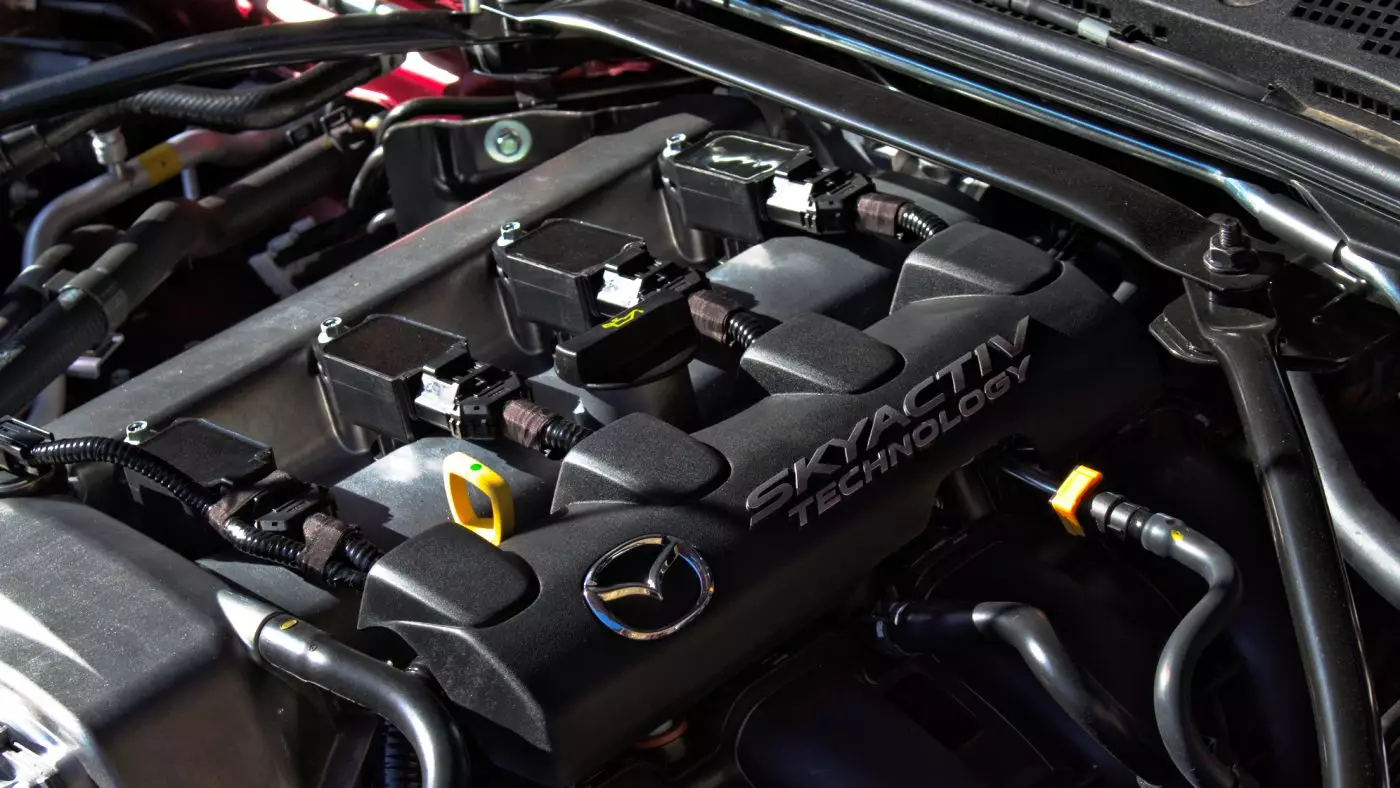The race to electrify the automobile steals all titles. But behind the scenes we are witnessing the emergence of a new trend in internal combustion engines. Believe me, until we get to the point where the electric car is the norm, we will continue to rely on the internal combustion engine for a few decades to come — we'll be here to see. And as such, the combustion engine continues to deserve our attention.
And after years and years of ever-smaller engines — so-called downsizing — we may well see the reverse phenomenon. In other words, an upsizing, which is to say, an increase in the capacity of the engines.
Can engines grow? Why?
Thanks to the new test cycles WLTP and RDE which entered into force in September and for which all new cars will have to be mandatorily certified in September 2018. For now, they only apply to models launched from September 1, 2017.The WLTP (Worldwide Harmonized Light Vehicles Test Procedure) directly replaced the NEDC (New European Driving Cycle), which has remained unchanged since 1997. consumption and official emissions will increase.
But the disruptive effect of WLTP does not compare to that of RDE (Real Driving Emissions). This is because the test is carried out in the street and not in the laboratory, under real conditions. In other words, the car will have to be able to demonstrate the values obtained in the laboratory on the road.
And this is precisely where the problems for small engines begin. The numbers are clear: as engines have lost capacity, discrepancies have increased between official and actual numbers. If in 2002 the average discrepancy was only 5%, in 2015 it exceeded 40%.
Put one of these small engines to be tested according to the criteria imposed by the WLTP and RDE and it probably would not get the certification to be commercialized.
There’s no replacement for displacement
The familiar American expression means something like “there is no substitute for engine capacity”. The context of this expression has little or nothing to do with seeking greater efficiency or passing a test, but rather with achieving performance. But, ironically, it is perhaps the one that best fits the future context.
Peter Guest, program manager for Bentley Bentayga, recognizes that there could be a reversal of the trend of recent years, where we will see engines with greater capacity and less revs. And he recalls an example from the house:
it is the easiest to pass the new emissions and consumption tests. Because it's a high-capacity engine that doesn't rotate too much.
Let's remember that the Mulsanne uses the “eternal” 6.75 liter V8. It has two turbos, but in the end the specific power is only 76 hp/l — which means 513 hp at a placid 4000 rpm. Despite having known several technological evolutions, it is essentially the same block developed in the beginning of the 50's.
NA vs Turbo
Another case that demonstrates that the path may lie in adding cubic centimeters and perhaps abandoning turbos comes from Mazda. The Japanese brand remained “proudly” only — we've been writing that here for months — by opting out of downsizing in favor of a new generation of naturally aspirated (NA) engines, with a high compression ratio and well above average displacements – rightsizing , as referred to by the brand.

The result is that Mazda appears to be apparently in a better position to face the new tests. The discrepancy found in their engines is in general always lower than that found in small turbo engines. As you can see in the table below:
| Car | Motor | Official Average Consumption (NEDC) | Actual consumption* | Discrepancy |
|---|---|---|---|---|
| Ford Focus | 1.0 Ecoboost 125 hp | 4.7 l/100 km | 6.68 l/100 km | 42.12% |
| Mazda 3 | 2.0 SKYACTIV-G 120 hp | 5.1 l/100 km | 6.60 l/100 km | 29.4% |
*Data: Spritmonitor
Despite double the capacity of the 2.0 SKYACTIV-G engine, undermining official consumption and emissions under the NEDC cycle, it matches Ford's 1.0 liter Ecoboost in real conditions. Is Ford's 1.0 Ecoboost engine a spender? No, it's quite spare and I request it. However, in the NEDC cycle it manages to obtain an advantage that does not exist in the “real world”.
With the entry of the WLTP and the RDE, both proposals should see an increase in official values, but regardless of the technological solution chosen, it appears that there is still a lot of hard work to reduce the current discrepancies.
Don't expect builders to rush out of current engines. Any investment made cannot be thrown away. But we must watch for changes: some blocks, especially the smaller ones of 900 and 1000 cm3 may gain another 100 to 200 cm3 and the turbos will see their pressure reduced or even be exchanged for smaller ones.
Despite the rampant electrification, where we should see a rapid expansion of 48V mild-hybrids (semi-hybrids), the objective of this solution will be to comply with stricter emission standards such as Euro6C and help reach the imposed average CO2 emission levels to builders. Consumption and emissions should fall, of course, but the behavior of the internal combustion engine, by itself, will have to be much more rigorous for the results in the two tests, WLTP and RDE, to be surpassed. Interesting times are being lived.
